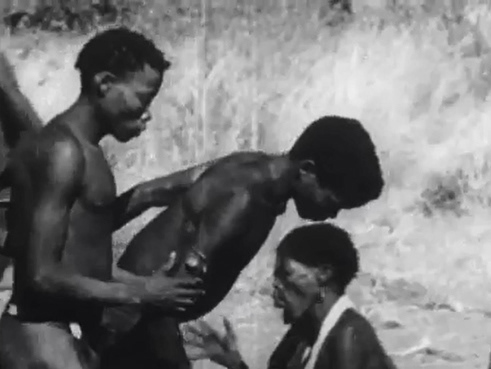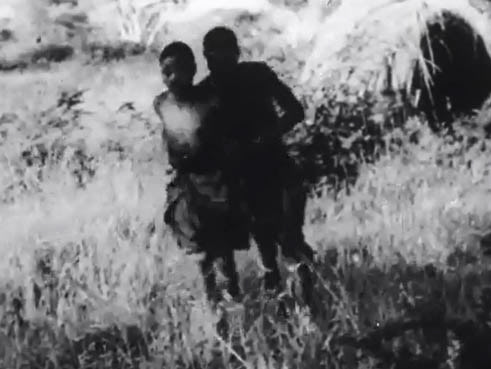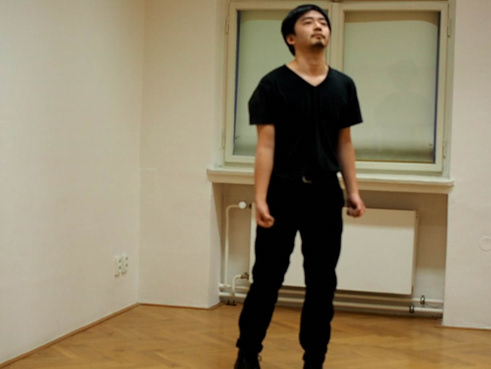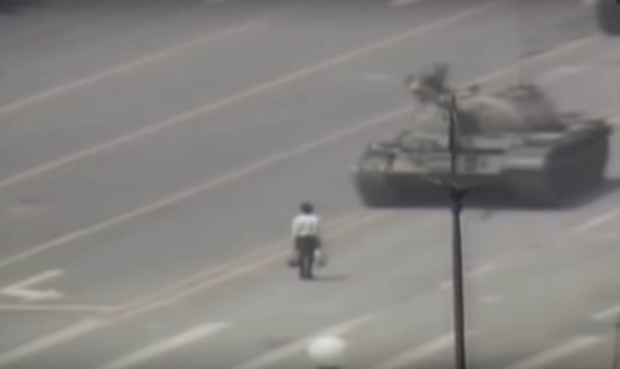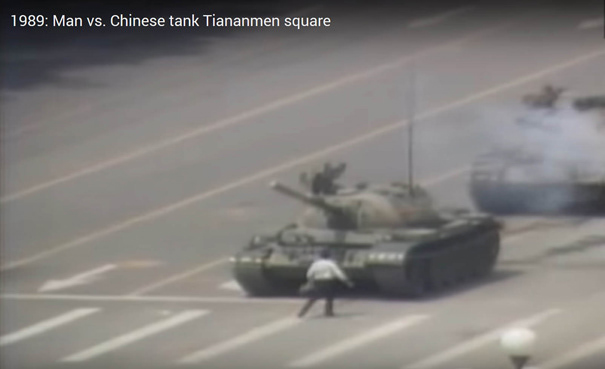Kurator / curator: Richard Fajnor
Współpraca / cooperation: Jianan Qu (Tank Man performance piece)
Współpraca / cooperation: Jianan Qu (Tank Man performance piece)
11.9. – 3.11.2019 The House of the Lords of Kunštát, G99 Gallery, The Brno House of Arts, Brno / CZ

“Rainbow” | duration: 03’16’’ | Brno 2018

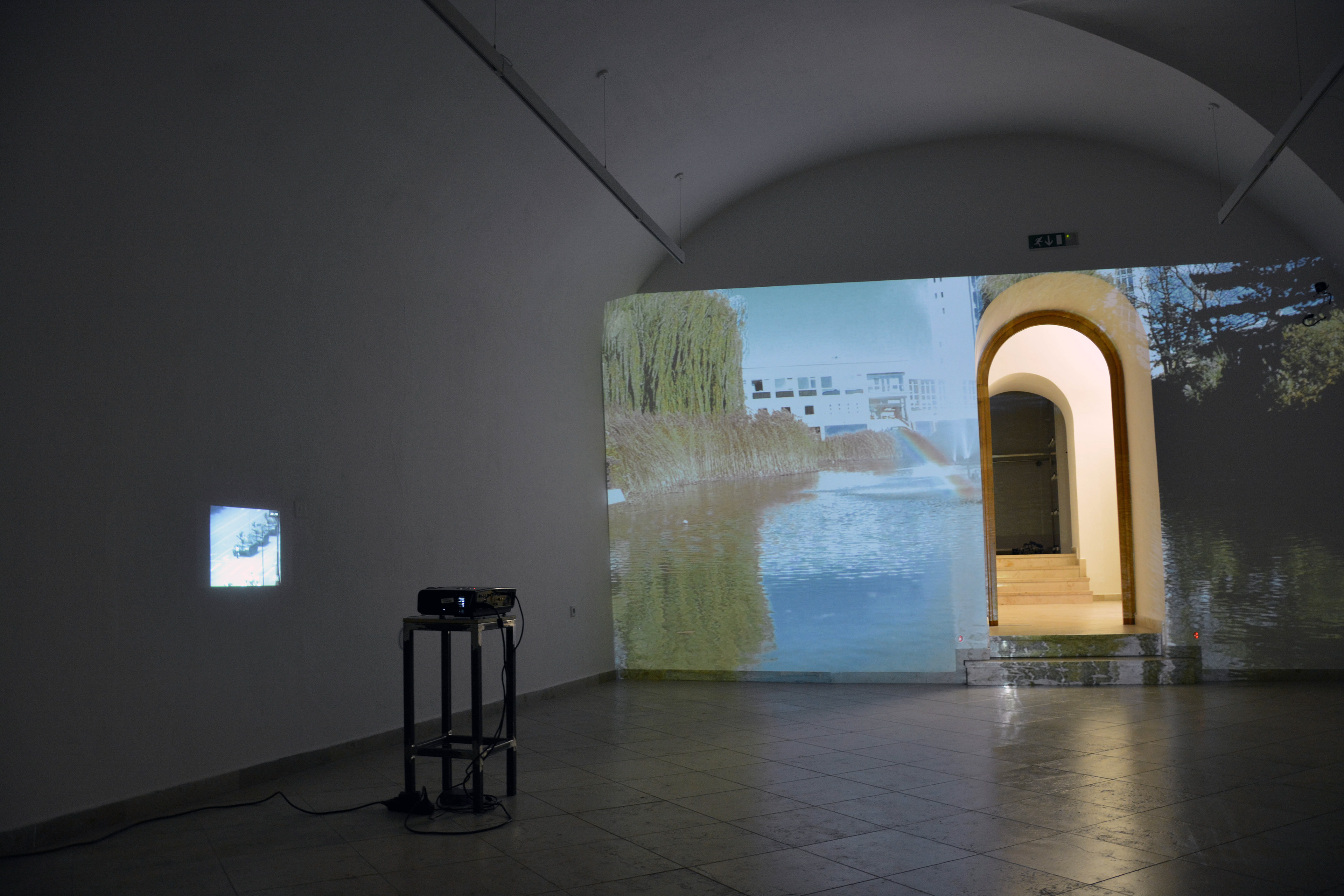
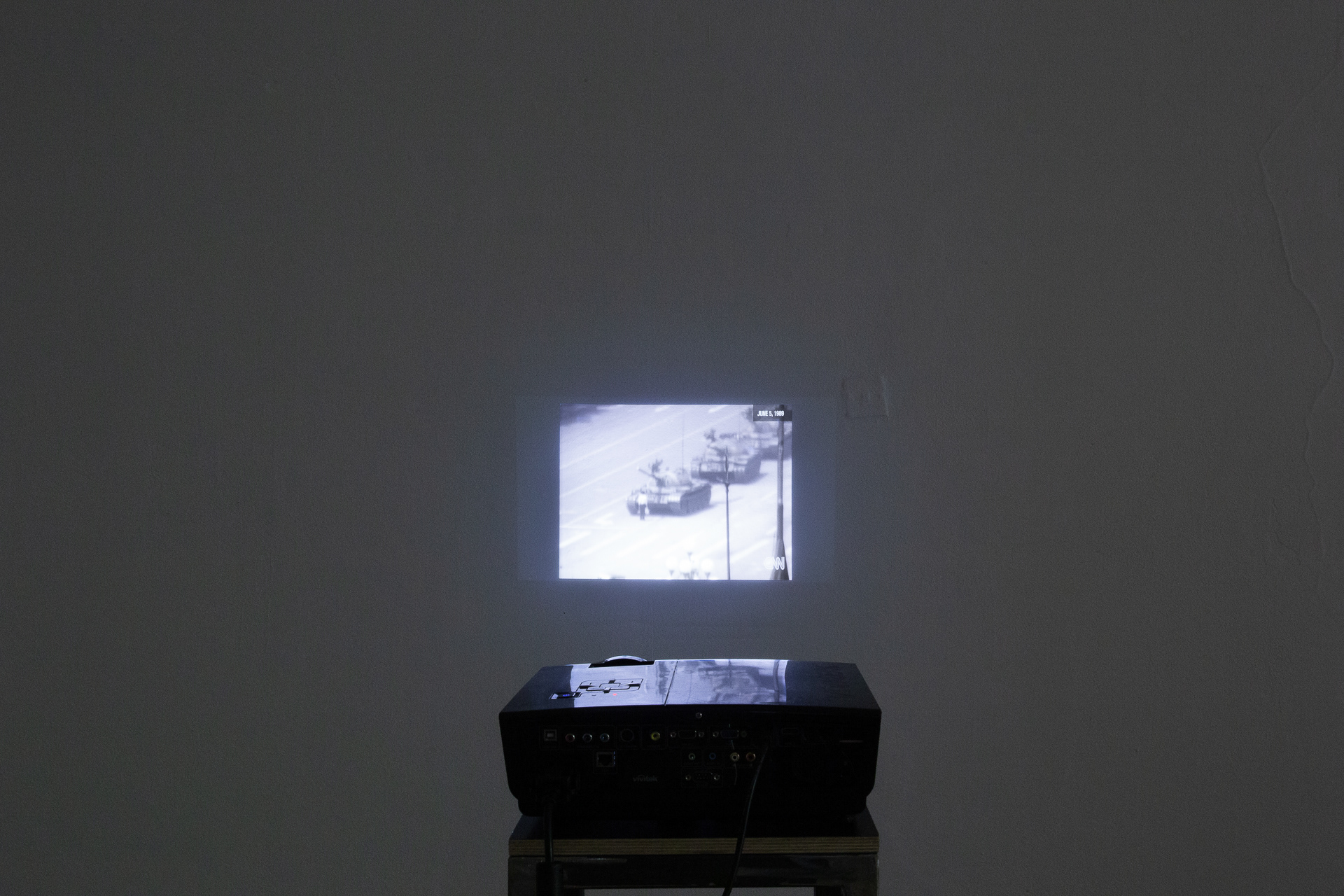
“Tank Man. Gate of Heavenly Peace” Original footage from 5 June 1989 Tiananmen Square, Beijing, China protests. Video captures the scene with a man stopping Chinese tanks and was transmitted across the globe. Australian Broadcasting Corporation (ABC) cameraman Willie Phua, CNN cameraman Jonathan Schaer and NBC cameraman Tony Wasserman appear to be the only television cameramen who captured it. ABC correspondents Max Uechtritz and Peter Cave were the journalists reporting from the balcony of a nearby hotel. (source: https://en.wikipedia.org/wiki/Tank_Man). Translation of the word Tiananmen into English is Gate of Heavenly Peace. | Duration: 02’33’’
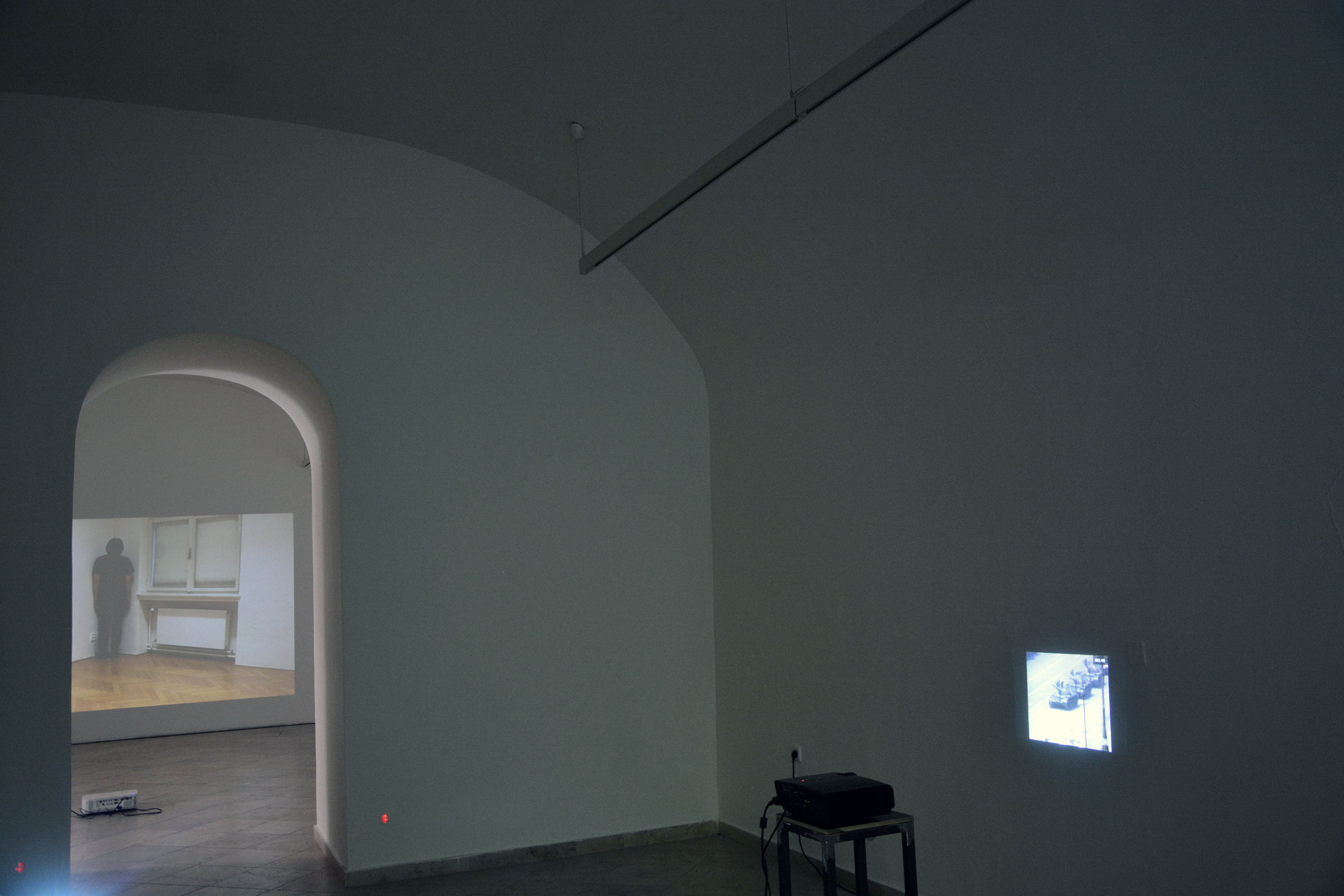

“A Rehearsal of a Medicine Man” video-recording of the performance for the camera by Jianan Qu. I asked Jianan - Chinese interdisciplinary artist (also educated modern dancer and perfomance artist) – to perform for me his own interpretation of the Tank Man moves from the famous footage. We recorded several slightly different versions of his performance, including also one attempt with a failure/mistake. Duration: 03’13’’, 03’47’’, 05’51’’ | Brno 2018

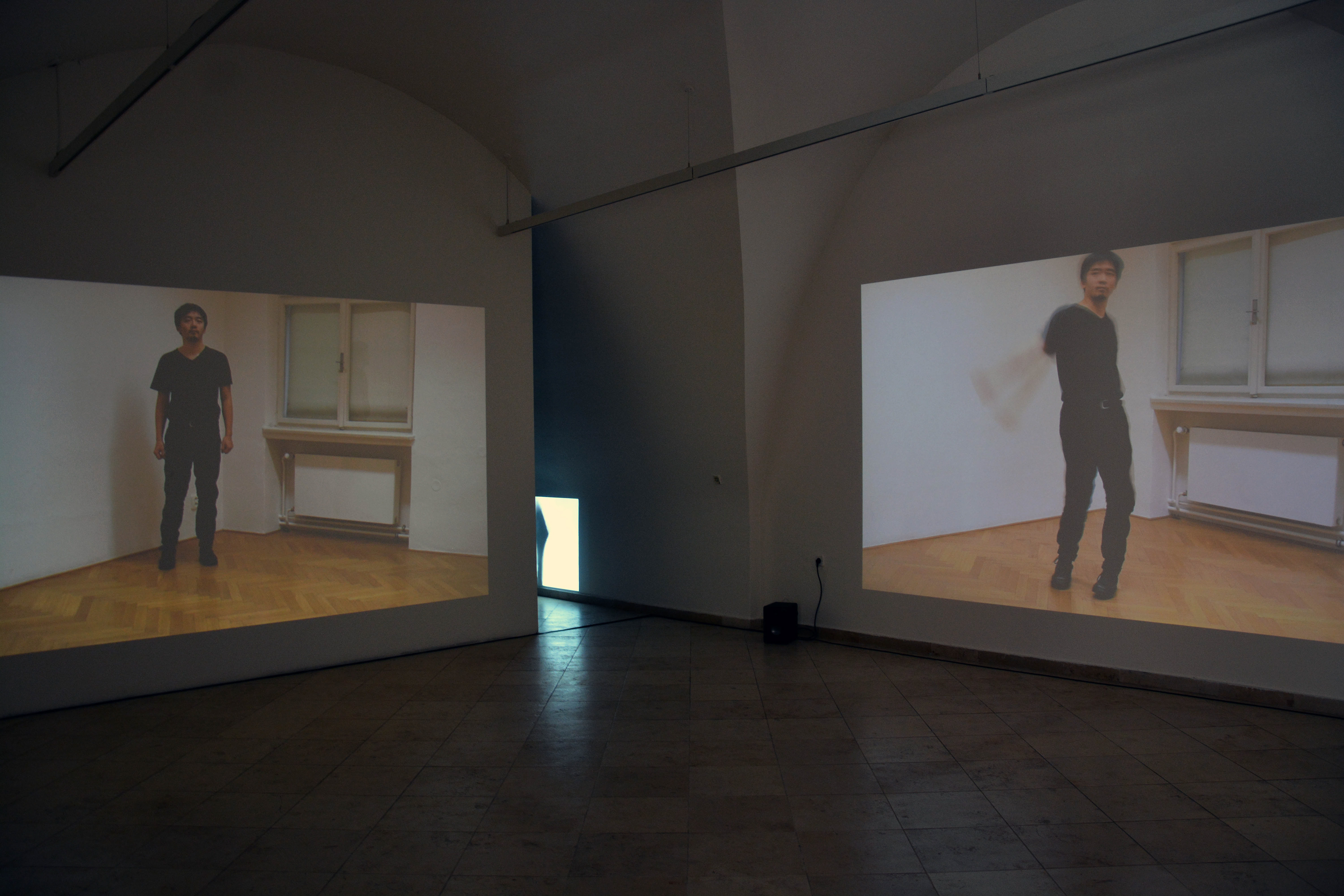


“A Medicine Man” Documentary film “N/um Tchai: The Ceremonial Dance of the !Kung Bushmen”. The film is about the !Kung people of southern Africa and the healing ceremony which they perform overnight called a medicine dance. The strength of the songs is their n/um, or medicine, thought to be a gift from the great god. N/um is also in the fire, and even more so in the “owners of medicine,” or healers. Most !Kung men would practice as healers at some point in their lives. Among the !Kung people there are no differences, anyone can become the shaman regardless of gender. Shaman is a regular member of a commune. | Director: John Marshall | black & white, Duration: 20 min, 1969

Małgorzata Szandala‘s exhibition “A Rehearsal of a Medicine Man” in the G99 Gallery follows her residency within the Brno Artists in Residence programme in the Brno House of the Arts in 2018. Her art is typified by work with space of a place and its history. This is usually linked with her personal experience with places that she has visited, as well as with the stories associated with them. The artist also requires personal involvement and mental participation from others. The contrast between the seeming objectivity of documented history and the subjectivity of a person’s destiny connected with a particular place is often a key moment of her compositions. The final work, be it a temporary installation or a more permanent intervention, is a compilation of carefully selected elements functioning as ready-mades. An important creative principle is the citation or the visual interpretation of these found elements. Although the artist tries to consistently rid the form of her realisations of her artistic stylization, it is her personal and distinctive manner of seeing that is the key element of the poetics which draws attention to the whole situation and, by extension, to the artist’s work. The exposure of a random or target audience to this kind of realization is impossible without the inclusion of the memories and experience of each viewer. This strategy comes close to the style of work employed by visual performers rather than artists working with space, and it is also used with the “Rehearsal of a Medicine Man” exhibition created for the G99 Gallery.
We could also say that it is “preliminary art”, i.e. a work of art at the level of a draft testing itself through a rehearsal, seeking the genuine substance of the identity of the artistic gesture without dependence on handwriting and, in this case, also on the artist’s views on art. Hence a rehearsal. Why of a medicine man? The seeming formal disparateness and the actions of medicine men that can’t be rationally explained, as well as the impression of magic connected with the transcendentality of “nonsensical” action, might be similar to how the public generally views contemporary art. For a shaman/medicine man, the definition of time (certainly not in the usual sense of the linear passing of time) and possibly also the place of a ritual are not actually important. The causality with which he works uses the momentary link to here and now, i.e. somewhere between what happened or, regrettably, did not happen, what is happening or not happening, what should ideally happen and what can’t happen. Unlike a magician or a doctor, a shaman is always fully present in the situation which he ritually creates. Full physical and spiritual experience with a particular problem which he is supposed to acknowledge or which he is expected to solve literally runs through him. What is essential is that everybody witnessing the “magic act” can see how the shaman transposes the “problem” onto himself, and they can thus experience the elimination of the “problem” or, more precisely, experience the breaking of the strenuous mental self-traumatization by experiencing the unfavourable state and its possible consequences. For a ritual to be successful, full involvement of both the shaman and the particular person is vital, as well as that of the group of observers. Despite all this, a shaman never works with randomness but employs a certain type of empiric findings and a tested technique. Małgorzata is interested in this relationship between an event in shamanic practice and an art exhibition, in the intertwining of the immediacy of cognitive or emotional experience and the rigidness of the object facticity of the formal attributes of the surrounding world. And this is also what she focuses on in the installation on the ground floor of the House of the Lords of Kunštát. The question remains, who is the medicine man?
Richard Fajnor, September 2019
We could also say that it is “preliminary art”, i.e. a work of art at the level of a draft testing itself through a rehearsal, seeking the genuine substance of the identity of the artistic gesture without dependence on handwriting and, in this case, also on the artist’s views on art. Hence a rehearsal. Why of a medicine man? The seeming formal disparateness and the actions of medicine men that can’t be rationally explained, as well as the impression of magic connected with the transcendentality of “nonsensical” action, might be similar to how the public generally views contemporary art. For a shaman/medicine man, the definition of time (certainly not in the usual sense of the linear passing of time) and possibly also the place of a ritual are not actually important. The causality with which he works uses the momentary link to here and now, i.e. somewhere between what happened or, regrettably, did not happen, what is happening or not happening, what should ideally happen and what can’t happen. Unlike a magician or a doctor, a shaman is always fully present in the situation which he ritually creates. Full physical and spiritual experience with a particular problem which he is supposed to acknowledge or which he is expected to solve literally runs through him. What is essential is that everybody witnessing the “magic act” can see how the shaman transposes the “problem” onto himself, and they can thus experience the elimination of the “problem” or, more precisely, experience the breaking of the strenuous mental self-traumatization by experiencing the unfavourable state and its possible consequences. For a ritual to be successful, full involvement of both the shaman and the particular person is vital, as well as that of the group of observers. Despite all this, a shaman never works with randomness but employs a certain type of empiric findings and a tested technique. Małgorzata is interested in this relationship between an event in shamanic practice and an art exhibition, in the intertwining of the immediacy of cognitive or emotional experience and the rigidness of the object facticity of the formal attributes of the surrounding world. And this is also what she focuses on in the installation on the ground floor of the House of the Lords of Kunštát. The question remains, who is the medicine man?
Richard Fajnor, September 2019
